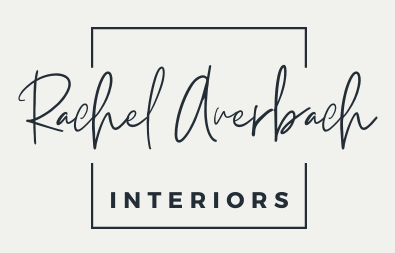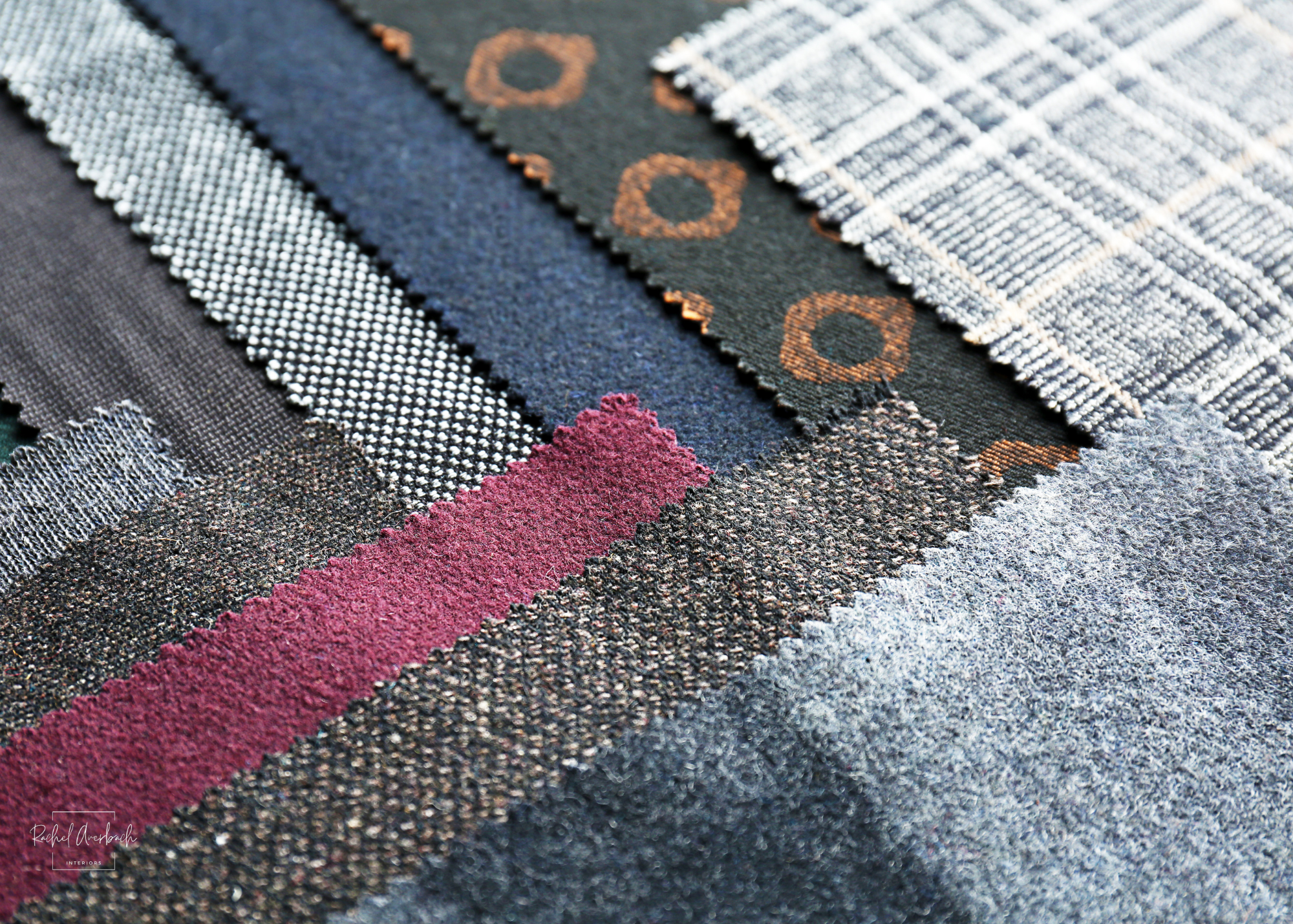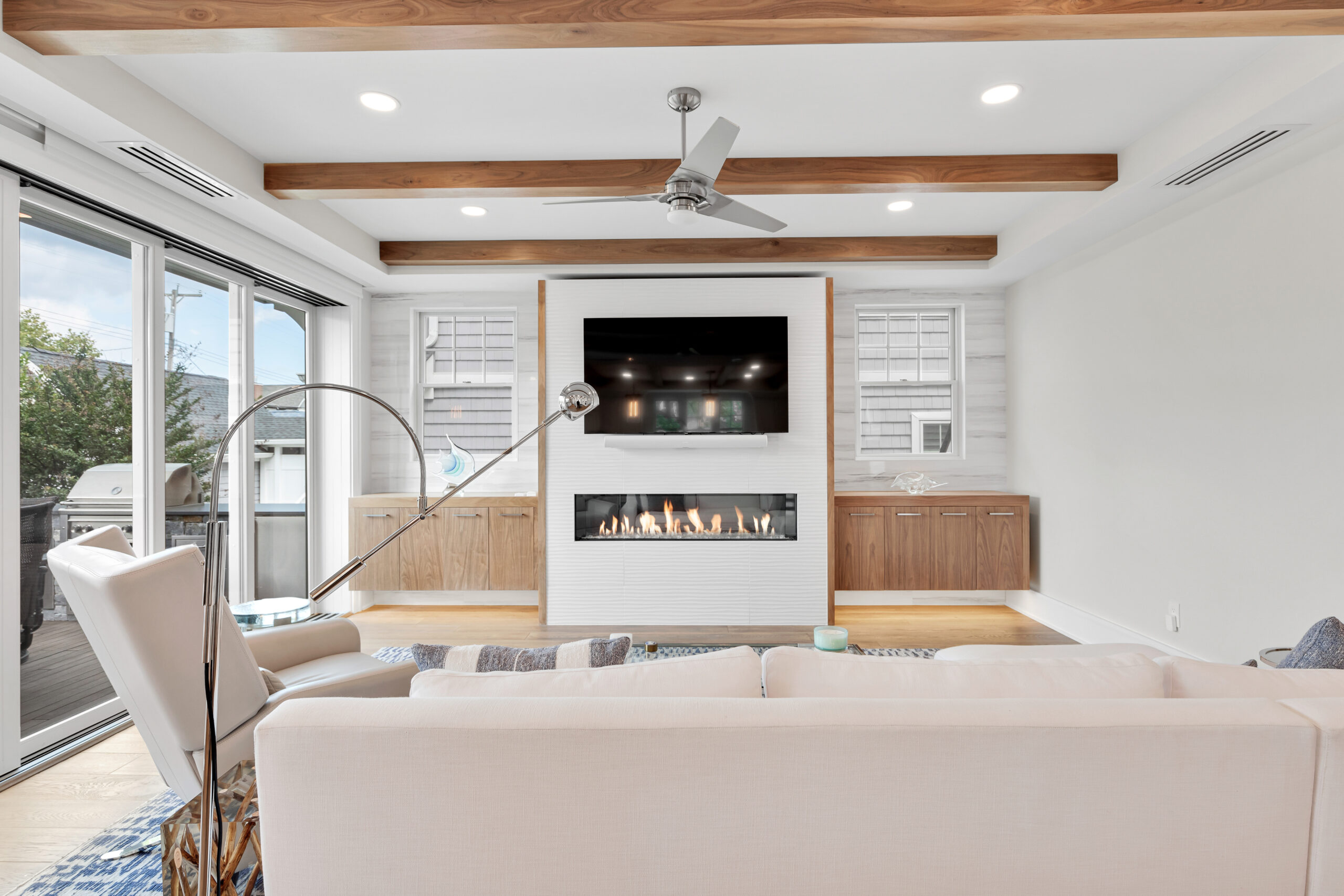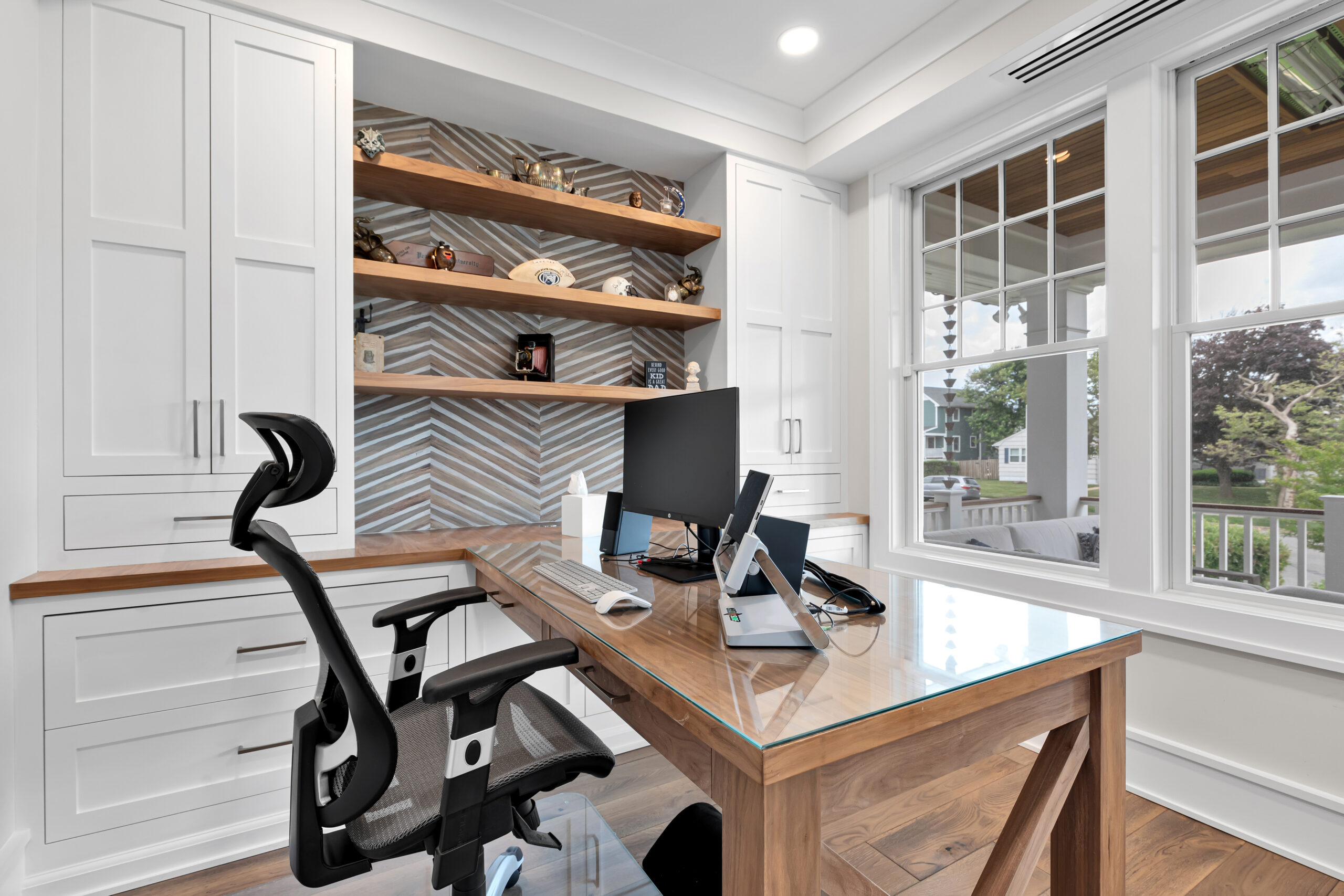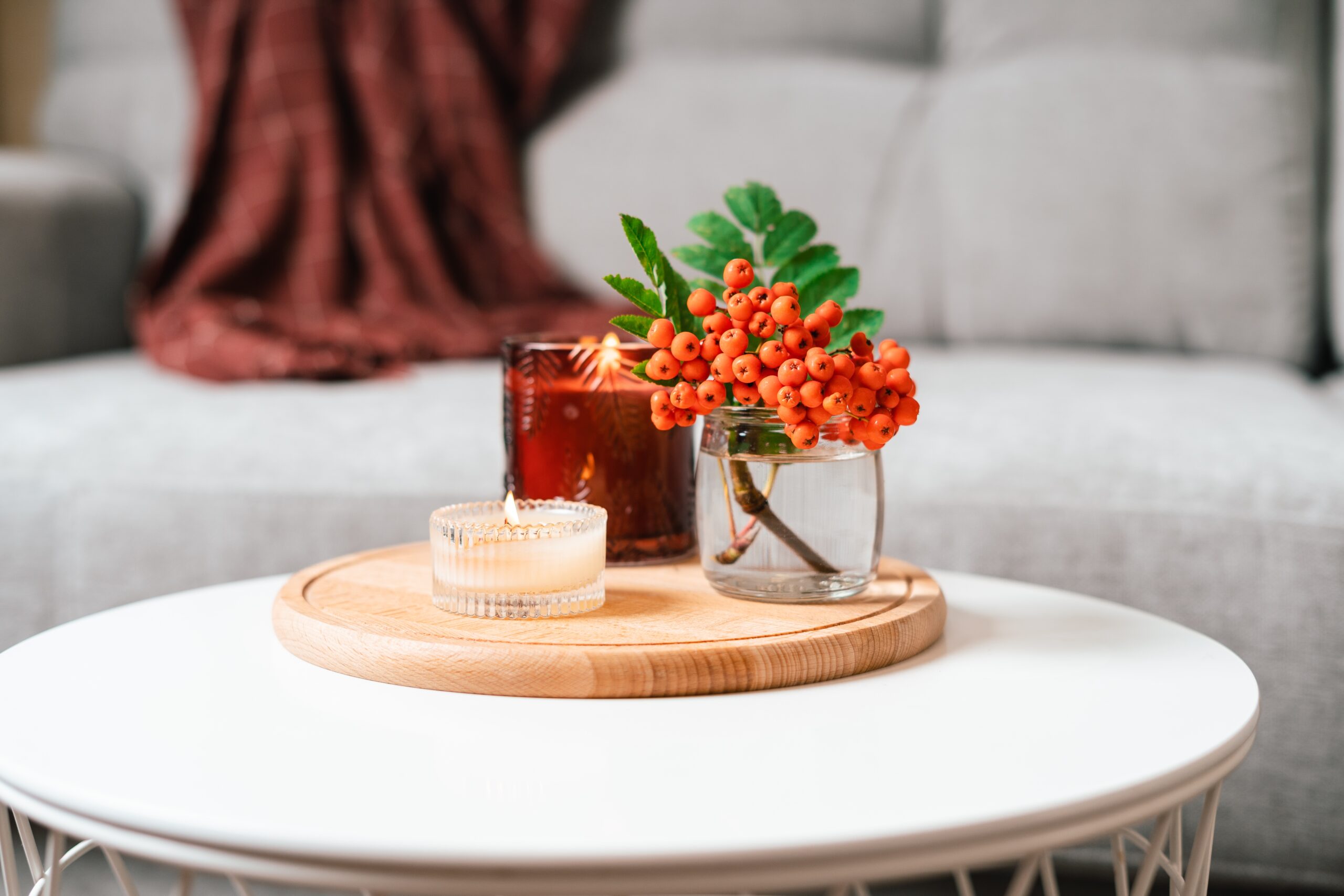Mixing and matching patterns is all about balance, scale, and cohesion.
Here’s how you can achieve a harmonious look when using different patterns and textures in a single space.
✴ Start with your base color and dominant pattern.
In most cases, it is best to begin with a neutral color palette for your larger pieces (walls, sofa, rugs). This allows your patterns to stand out without overwhelming the space. Select one bold pattern to be the focal point of the room. This could be on a large rug, wallpaper, or a standout piece of furniture. Make sure it incorporates colors you want to use throughout the space.
✴ Vary the scale and types of patterns.
Mixing different size of patterns will create visual interest. Pair large-scale patterns with smaller ones. For example, if your dominant pattern is large and bold, complement it with smaller, more subtle patterns. You can also combine various types of patterns, such as florals, geometrics, stripes, and abstracts. The contrast between the patterns adds depth and keeps the space dynamic.
✴ Use balance and texture to create cohesion.
If you have a bold, vibrant pattern, balance it with more subtle, tone-on-tone patterns or textures. This prevents the space from feeling too busy. You can also add interest to the space using patterns and textures in similar colors. For example, a smooth, patterned fabric can be paired with a nubby, textured fabric in the same color.
✴ How to pull it all together:
If you want the design to be easy on the eye, ensure patterns share at least one or two colors. This ties everything together and makes the mixing of patterns feel intentional. Don’t be afraid to throw in a bold accent color for a visual pop. Solids act as a rest and help to balance out the patterns. Use solid colors for larger items like curtains, bedding, or cushions to break up the patterns.
✴ Always test with samples, but go with your gut.
Lay out your patterns together before committing. See how they interact with each other by layering them gradually, starting with the largest piece first. Ultimately, mix and match patterns in a way that feels right to your eye. Interior design is personal, and your home should reflect your style and personality.
By following these principles, you can confidently mix and match patterns to create a space that feels cohesive, balanced, and uniquely yours.
